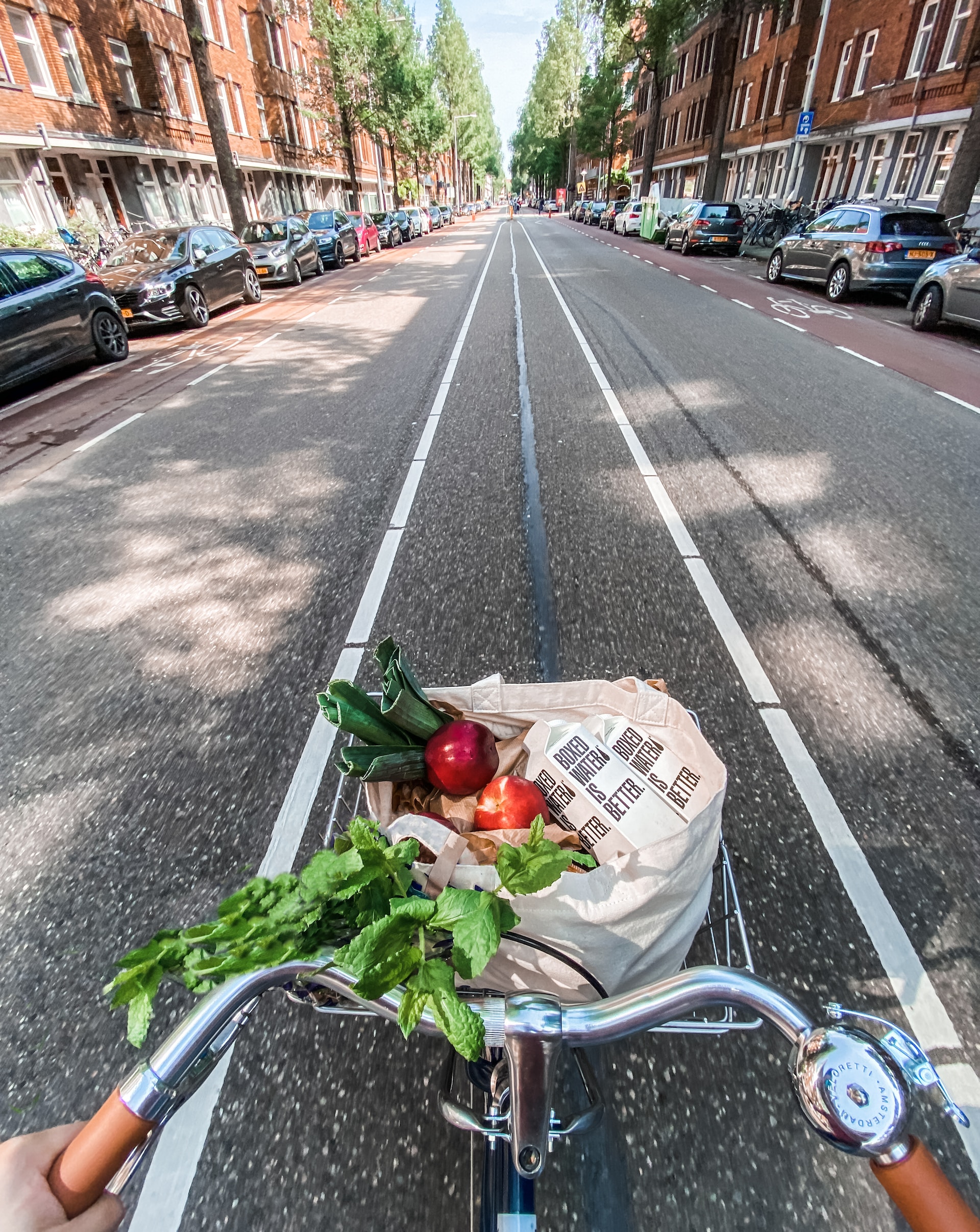The shift towards healthier dietary choices has led to an increased demand for gluten-free alternatives to traditional foods. Whether driven by gluten sensitivities, celiac disease, or a desire for overall wellness, the question remains: What are some common gluten-free alternatives? In this article, we’ll embark on a journey through the world of gluten-free options, uncovering a range of alternatives that cater to different dietary needs and preferences.
Navigating the Gluten-Free Landscape:
Understanding Gluten and Its Impact: Gluten is a protein found in wheat, barley, and rye. For individuals with celiac disease or gluten sensitivity, consuming gluten can lead to adverse health effects, making gluten-free alternatives an essential part of their dietary regimen.
Exploring Common Gluten-Free Alternatives:
1. Gluten-Free Grains:
- Quinoa: A nutrient powerhouse, quinoa is rich in protein and fiber, making it an excellent alternative to traditional grains.
- Brown Rice: Versatile and easily digestible, brown rice is a staple in gluten-free diets, offering essential nutrients and dietary fiber.
- Buckwheat: Despite its name, buckwheat is not related to wheat. It’s used to make gluten-free flour and offers a distinct nutty flavor.
2. Nut and Seed Flours:
- Almond Flour: Ground almonds provide a nutrient-rich flour alternative, adding a delicate nutty taste to baked goods.
- Coconut Flour: Derived from coconut meat, this flour is high in fiber and imparts a mild coconut flavor to recipes.
3. Legume Flours:
- Chickpea Flour: Made from ground chickpeas, this flour is high in protein and lends a nutty taste to dishes.
- Lentil Flour: Rich in protein and fiber, lentil flour adds a nutritional boost to gluten-free recipes.
4. Root Vegetables:
- Sweet Potatoes: Often used to create gluten-free noodles, sweet potatoes are a nutritious alternative that brings a touch of natural sweetness.
5. Gluten-Free Pasta Alternatives:
- Rice Noodles: These delicate noodles are widely used in Asian cuisines and are perfect for dishes like Pad Thai.
- Zucchini Noodles (Zoodles): Spiralized zucchini offers a low-carb alternative to traditional pasta.
6. Whole Food Snacks:
- Popcorn: A whole grain snack that’s naturally gluten-free and can be enjoyed in a variety of flavors.
- Nuts and Seeds: A convenient and nutrient-dense option for snacking, offering healthy fats, protein, and fiber.
7. Dairy and Non-Dairy Alternatives:
- Almond Milk, Coconut Milk, and Rice Milk: These plant-based milk alternatives offer lactose-free options for those avoiding dairy.
8. Gluten-Free Baking Ingredients:
- Xanthan Gum: Often used in gluten-free baking to mimic the binding properties of gluten.
- Psyllium Husk: This natural fiber source helps with texture and moisture in gluten-free baked goods.
From gluten-free grains and flours to inventive pasta alternatives and nutrient-rich snacks, the world of gluten-free alternatives is vibrant and diverse. These choices cater to various dietary needs, offering solutions for those with celiac disease, gluten sensitivities, or simply a desire to explore healthier options. Incorporating these common gluten-free alternatives into your diet can provide a wealth of culinary possibilities that allow you to savor delicious meals while nurturing your well-being.
